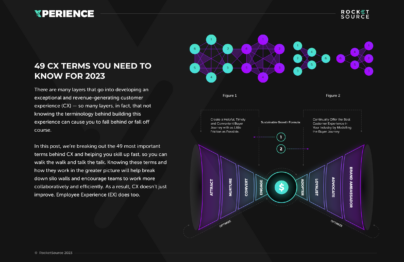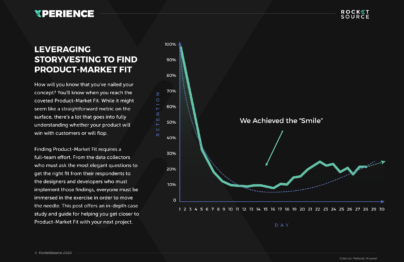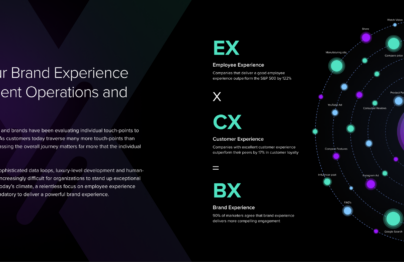Data engineering refers to data collection, aggregation, correlation and visualization while ensuring statistical significance for advanced analytics. Engineering the data allows organizations to:
- Stay relevant by navigating strategic inflection points through the use of intelligent data operations
- Use qualitative and quantitative data alike to build data loops along the customer’s lifecycle
- Back data into a Customer Insights Map so that teams can identify experience gaps across the customer journey

Data Engineering for Brand Relevance
It’s inevitable. Brands will, at some point, hit a strategic inflection point causing the organization to need to navigate changes in the market. It’s in these moments where having data at your disposal can help anticipate the shifts and predict the best outcome for upward momentum.
Regardless of the source of the shift, intelligent data engineering allows organizations to prepare, build and adjust the organization so that it’s primed for growth. That aggregation, mining and modeling of data is core to forecasting and showing a tangible internal rate of return (IRR) or return on investment (ROI). Interpreting and correctly understanding data allow organizations to make more intelligent decisions at every layer without panic and with the necessary knowledge to power through those inflection points.
Intelligent Data Engineering
Organizations must track what’s happening at every layer of their customer’s experience. By looking in-depth at each touchpoint, you can start to see how and when to deliver content, how messages are received and where growth opportunities lie.
The path-to-purchase and path-to-loyalty offer condensed yet highly nuanced overviews of the channels a person navigates when deciding to buy. Using intelligent data engineering, organizations can gather the customer journey analytics needed to understand where and how to show up along both sides of the funnel. Likewise, it gives organizations a high-level view of which paths to purchase and which paths to loyalty are most effective, shorter, more expensive, and more. This data can drive strategic decision-making, lowering risk and saving organizations money.
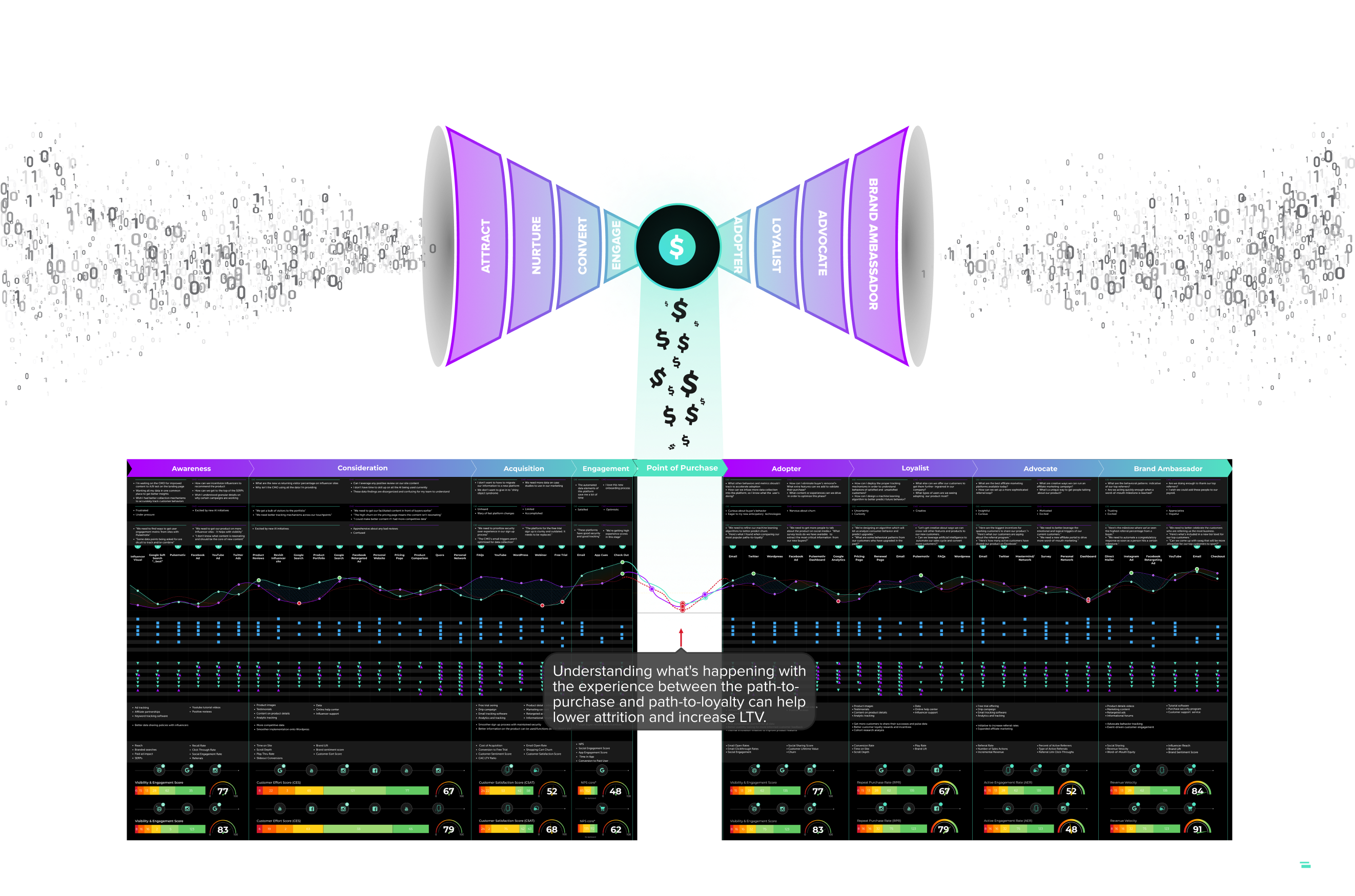
Backing Insights from Data Engineering into the Customer’s Journey
Mapping data to the customer journey is one of the best ways for data engineers to dig into the insight available and map them to the customer journey. In doing so, you can elevate the traditional customer journey map into one infused with data, helping make more informed decisions and find strategic opportunities to align the employee and customer’s experiences.
Having this map filled with insights available to everyone inside your organization allows for silo walls to drop and teams to gain a deeper understanding of what’s happening at the customer level. This can help shape how each team player approaches their role in the company.
Behavior-driven models are complex because they rely on a significant amount of qualitative and quantitative data. Data engineering can help facilitate finding those insights, so organizations can run more intelligently and uncover opportunities to drive better experiences.
Components of Operationalized Data Engineering
The way data engineering is approached matters. There must be prevalent and pervasive data sets for you to continuously make the most relevant data available. These five precepts allow teams to bring it all together and ensure forward momentum for the organization.


Resiliency
Accidental tweaks can disrupt data sets. As your data is gathered from outside sources, platforms or methodologies, your team must clean it before it gets pushed into the data pipeline to ensure resiliency up front.

Trustworthiness
Dirty data in is dirty data out. Having parameters in place to leverage data sets cleanly and accurately will enhance the trustworthiness of your data. As such, teams can better infer the results of a given model.

Prevalence
Having a deep understanding of how specific data can facilitate informed decisions and optimize the day-to-day work environment is critical. By infusing familiarity and proficiency in using data, this mode of operation can permeate the organization and set a firm foundation that everyone can lean on when adding advanced analytics and predictive modeling to daily operations.

Measurability
Teams must be able to measure data and insights against various outcomes to build organizational buy-in. Having cultivated, direct and tangential insights from various machine learning models allows teams to access data that can be leveraged to drive transparency and context around critical metrics. In turn, teams move faster and are more informed.

Advancement
Proper development and configuration of your rules, platforms and architecture allows your team to develop and configure data that will drive advanced insights. The architecture of the overall set of technologies, infrastructure and operations must be continually iterated upon to stay relevant by using modernized systems for continual advancement.
Customer Experience (CX) Terms
- 360° Degree View of the Customer
- AI Ops
- Barlow Bands
- Behavioral Triggers
- Bow Tie Funnel
- Brick-to-Click
- Business Impact Analysis (BIA)
- Cognitive Computing
- Cohort Analytics
- Content Mapping
- Conversational User Guidance
- Customer Data Profile
- Customer Experience (CX)
- Customer Friction
- Customer Insights Map
- Customer Journey
- Customer Journey Mapping
- Customer Satisfaction (CSAT)
- Customized Ratios
- CX Intelligence
- CX Led Growth
- CX Metrics
- Data as a Product (DaaP)
- Data as a Service (DaaS)
- Data Culture
- Data Driven
- Data Engineering
- Data Fabric
- Data Governance
- Data Humanization
- Data Hygiene
- Data Looping
- Data Mapping
- Data Mining
- Data Modeling
- Data Monetization
- Data Swamp
- Data Visualization
- Data Warehouse
- Data-Centric
- Descriptive Analytics
- Diagnostic Analytics
- Digital Asset Management (DAM)
- Digital Transformation
- Dirty Data In Dirty Data Out
- Embedded Intelligence
- Empathy Mapping
- Employee Data Profile
- Employee Experience (EX)
- EX to CX Data Mapping
- EX to CX Mapping
- Experience Management (XM)
- Gap Analysis
- Generative AI
- Human-Centered Design (HCD)
- Journey Analytics
- Machine Learning (ML)
- Managed Agile Services on Demand
- Modified Hoshin
- North Star Metric
- Party Data
- Pathway to Purchase
- Predictive Analytics
- Product-Market Fit Mapping
- Real Time Design Looping
- Revenue Acceleration
- RevOps
- S Curve of Growth
- Stack Impact Analysis
- StoryVesting
- Table Stakes Testing
- The 3 P’s
- User Experience (UX)
- User Insights Map
- User Interface (UI)
- Voice of the Customer (VoC)
- Voice of the Employee (VoE)
- World Cloud Generator Sentiment Mining
- X Analytics

